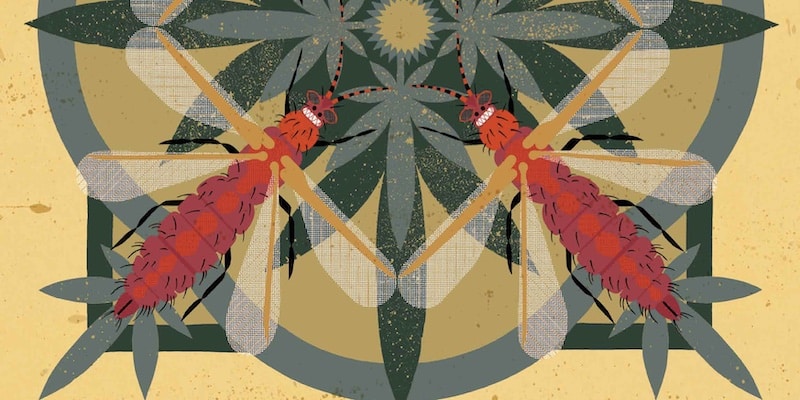
What are thrips and how to eliminate them from your cannabis grow?
Thrips are one of the most common threats in cannabis growing and can become a real headache if you let them settle in your grow. These little insects that feed on the sap of the…
Iberian Peninsula express shipping
0€ Orders over 60€
*6€ orders under 59€
East, West, South Europe express shipping
0€ Orders over 150€
*18€ orders under 149€
North Europe express shipping
0€ Orders over 160€
*20€ orders under 159€
Ireland, Norway, UK normal shipping
0€ Orders over 60€
*6€ orders under 59€
Rest of the world normal shipping
0€ Orders over 180€
*25€ orders under 179€
Shipping costs can be confirmed in your shopping cart.
For additional shipping methods, please reach out through info@kannabia.com.


*Website protected by SSL.
**Not available in all regions.
*Your coupon will be sent via email.
*Should you have any question, comment or feedback, please do not hesitate to contact us.
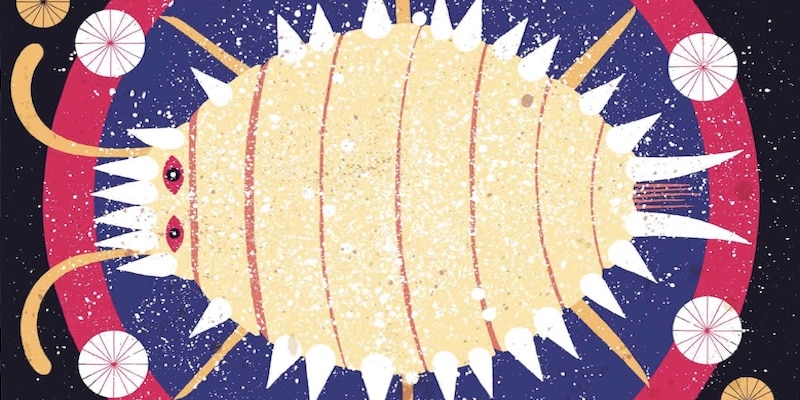
cannabis growing is a really comforting activity which can unfortunately become quite a challenge if your plants are attacked by cochineal. This is one of the most common pests in cannabis, especially in outdoor grows. In this article, we show you a step-by-step guide on how to prevent and eliminate this annoying intruder in your cannabis plants.
Cochineal is a small insect with a voracious appetite that feeds on the sap of marijuana plants. Even the most seasoned growers have had to deal with this pest at one point or another. Therefore, it’s important to know the right preventive measures to avoid it, as well as some treatment methods for its eradication.
These small Hemiptera, of which there are approximately 1500 different species in the superfamily Coccoidea, have a soft and flattened oval-shaped body that can measure from 1 to 5 millimetres (although appearance may vary depending on the species). The types of cochineal that usually attack cannabis plants are Planococcus Citri, commonly known as ‘cotton mealybug’, and Coccus hesperidum, which has a tough brown shield-shaped shell.
The cotton mealybug is very easy to recognise because it’s covered in a whitish, waxy, and cotton-like secretion which it uses to protect its eggs. This insect attaches itself to the branches and to the space between the leaves and the stems of the plants ― from there, it sucks the sap, weakening the marijuana plants and causing all kinds of problems in their development. In addition, it can also attract and be the vector for other insects and diseases.
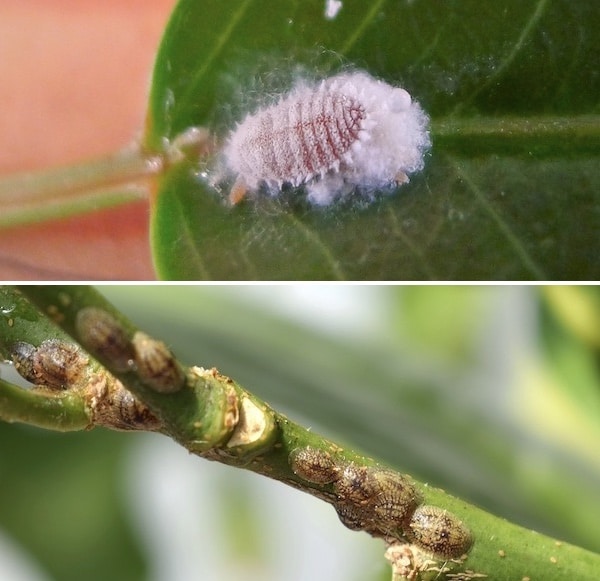
Its quick development means that there may be several generations of cochineal within the same season. This ability to proliferate has paradoxically made it a very profitable insect throughout history, thanks to its carmine red or ‘cochineal red’ pigment. This is one of the most widely used natural pigments in the world, which is obtained from the dried and crushed body of the female grana cochineal (Dactylopius coccus, a parasitic insect of the nopal, the national cactus of Mexico). The high value of this pigment was already known by the Aztecs before the arrival of the Spanish in America. From the 16th century, there was a great obsession in Europe to obtain this perfect red pigment, which became one of the most valuable products from overseas.
The cochineal goes through different phases throughout its life, which may vary according to the sex of the individual. Cochineals exhibit sexual dimorphism, meaning that adult males and females are physically different:
Cochineals affect the vitality and vigour of cannabis plants because they feed on their sap, which in turn can interfere with their development. If this insect settles on your grow during the vegetative phase, it can hinder the growth of new branches and leaves, slowing down the plant processes and preventing them from developing the structure that they need for the production of a good yield.
During the flowering phase, cochineals may decrease the quantity and quality of the flowers, meaning that your precious harvest could also be compromised.
The threat of the cochineal lies not only in its appetite, but also in its ability to reproduce: these intruders can lay up to 2000 eggs in optimal environmental conditions, although this number is usually between 300 and 500. This means that this pest could quickly become a serious infestation. What’s more, males can also fly to search for females to mate with and thereby expand their domain.
Another issue is that, when cochineals suck the sap from the plants, they can also infect them with toxins that can transmit viruses. And, to top it all off, these insects can secrete a type of molasses that attracts ants and can contribute to the proliferation of fungi, such as smut or sooty mould. Quite a lethal combo that can complicate things considerably for even the most experienced growers!
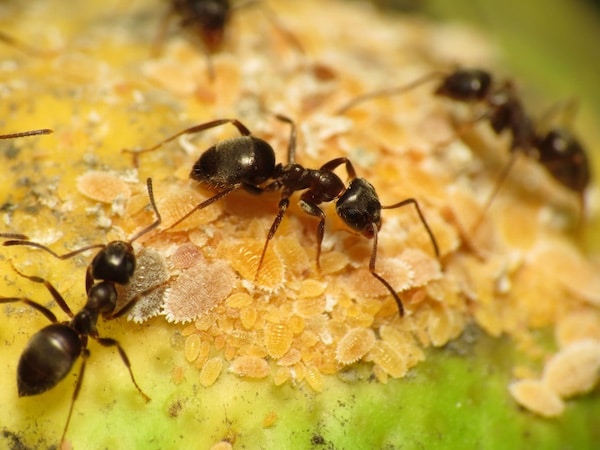
Cochineals thrive in warm and dry environments. Therefore, whether you’re growing indoors or outdoors, you must always try your best to make their life as difficult as possible:
If cochineals have managed to sneak into your cannabis grow, even after taking all the preventative measures, it will be crucial for you to act as soon as possible to make sure that they don’t spread. The first step is to detect and separate the infested plants from the rest, before proceeding with a specific treatment to eliminate them:
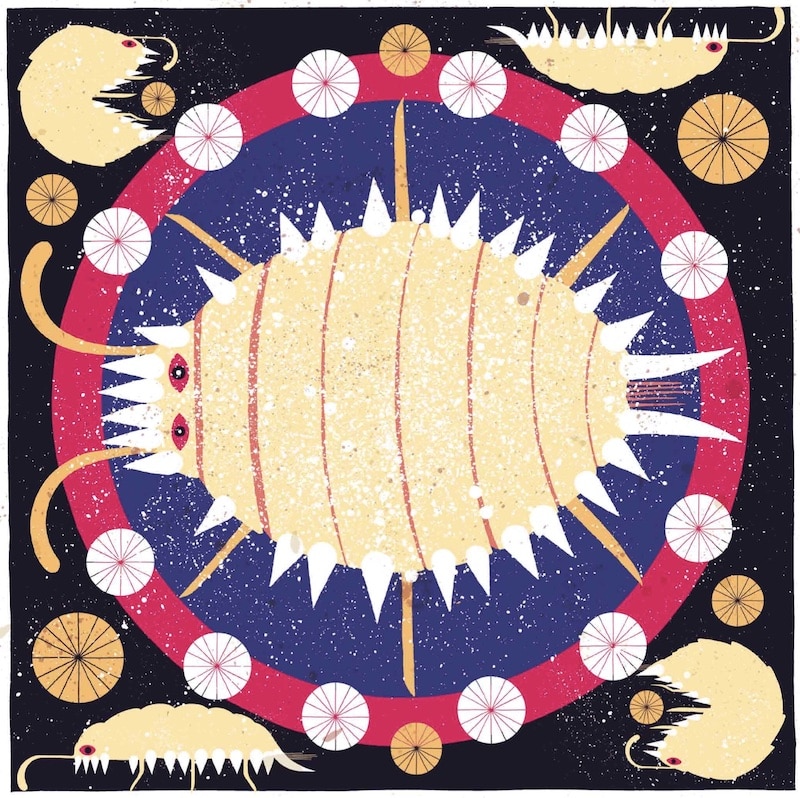
When it comes to cochineal or to any other pest, disease, or pathogen which may threaten your cannabis plants, prevention is always key. Remember that maintaining proper hygiene and good habits in your grow will help you avoid many headaches. Besides, quick intervention is also crucial to keep your crop healthy and pest-free. Therefore, if you spot the first signs that cochineal has made an appearance, act carefully and with determination… Your cannabis plants will certainly thank you for it!
Kannabia Seeds Company sells to its customers a product collection, a souvenir. We cannot and we shall not give growing advice since our product is not intended for this purpose.
Kannabia accept no responsibility for any illegal use made by third parties of information published. The cultivation of cannabis for personal consumption is an activity subject to legal restrictions that vary from state to state. We recommend consultation of the legislation in force in your country of residence to avoid participation in any illegal activity.